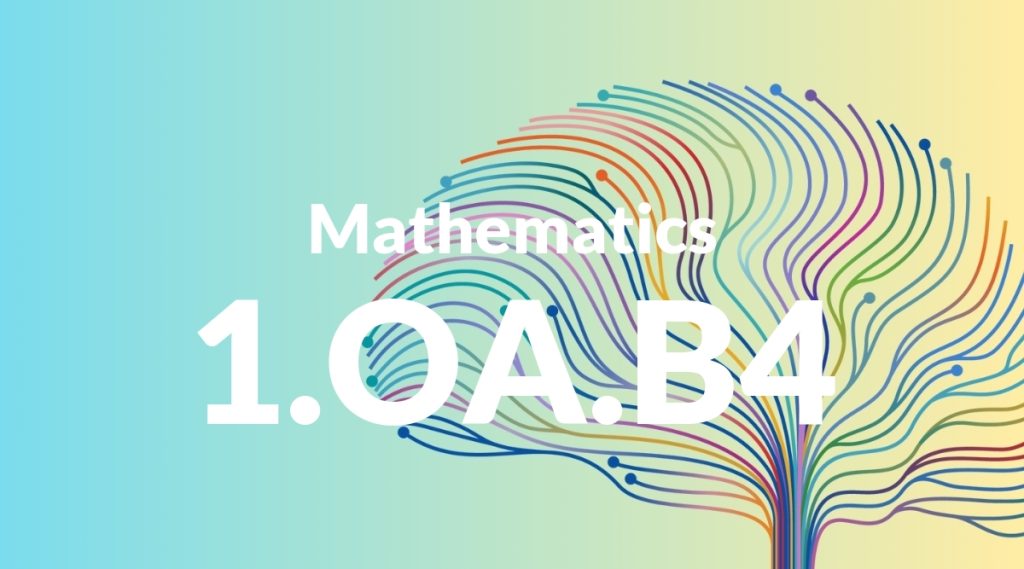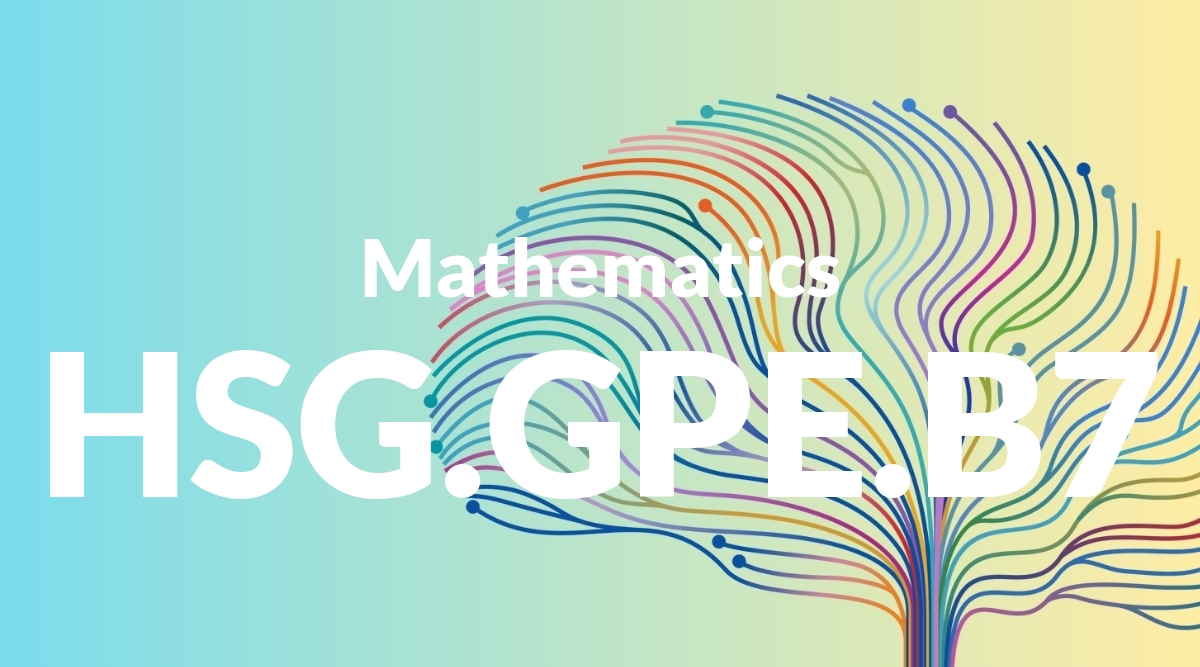Standard: 1.OA.B4 – Understand subtraction as an unknown-addend problem. For example, subtract 10 – 8 by finding the number that makes 10 when added to 8.
Grade level: Grade 1
Subject: Mathematics
Domain: Operations & Algebraic Thinking
Teacher Overview
This standard focuses on understanding subtraction as finding an unknown addend, rather than just taking away. It’s crucial because it builds a deeper understanding of the relationship between addition and subtraction, which is foundational for future math concepts. Students should know basic addition and subtraction facts within 10 and understand the concept of making a whole by adding.
After mastering this standard, students will be able to solve more complex word problems involving addition and subtraction and understand the relationship between these operations.
Common Misconception 1
Some students may think subtraction always involves taking away. This is incorrect because subtraction can also be about finding a missing part of a total.
Intervention 1
Use visual aids like counters or drawings to show how subtraction problems can be solved by finding the missing addend.
Common Misconception 2
Another common misconception is that the order of numbers in subtraction does not matter. This is incorrect because changing the order changes the meaning and outcome of the subtraction.
Intervention 2
Use number lines and concrete examples to show why the order of numbers in subtraction is important.
Prerequisite Knowledge
Students should be familiar with basic addition and subtraction facts within 10 and understand the concept of adding to make a whole.
Subsequent Knowledge
Students will develop the ability to solve more complex word problems involving addition and subtraction and understand the relationship between these operations.
Instructional Activities
- Use counters to visually demonstrate finding the unknown addend.
- Create word problems that require finding an unknown addend to solve.
- Use number lines to help students visualize the relationship between addition and subtraction.
- Incorporate games that involve finding missing numbers to complete an equation.
- Group activities where students solve unknown addend problems together and explain their reasoning.




